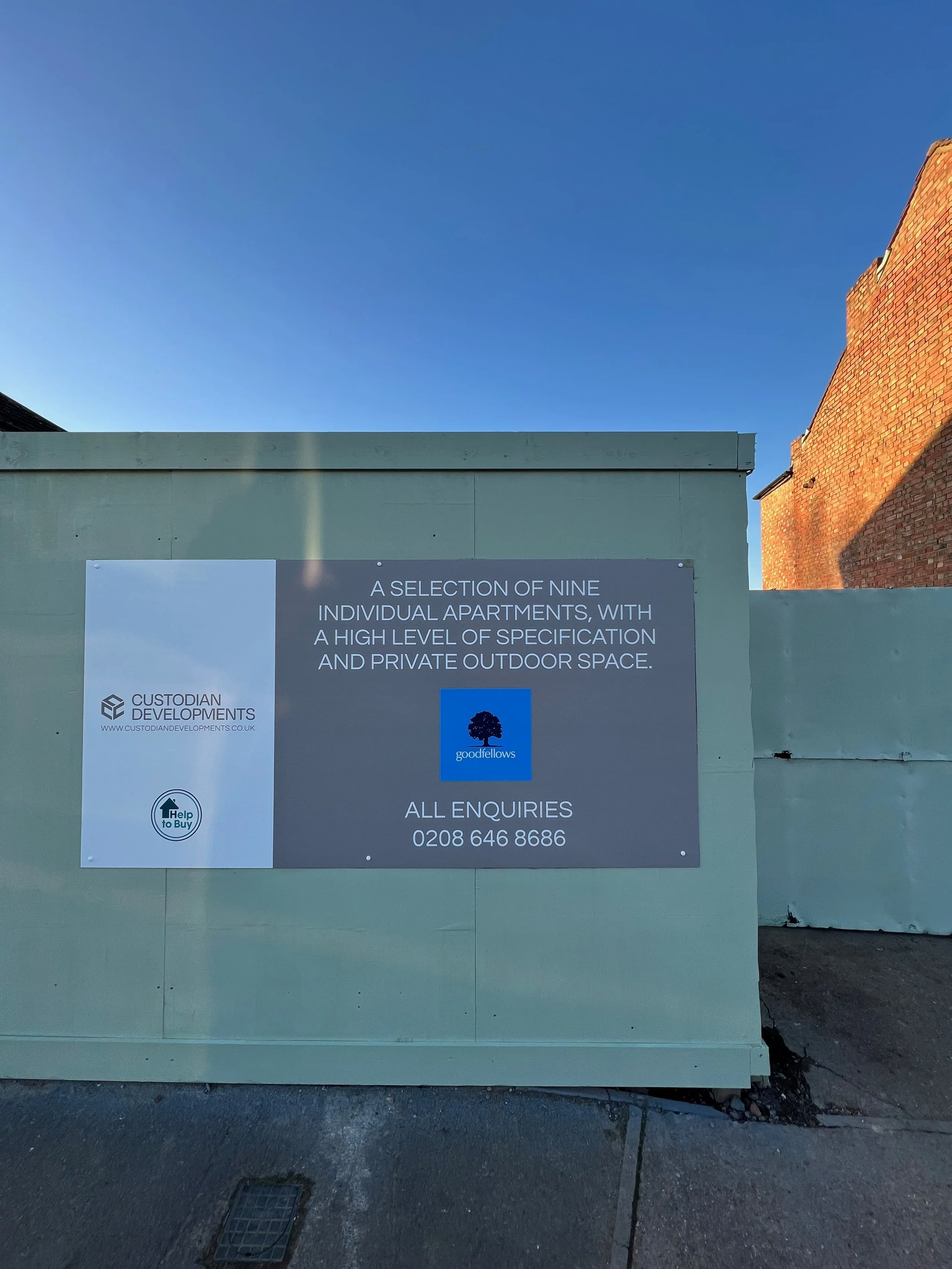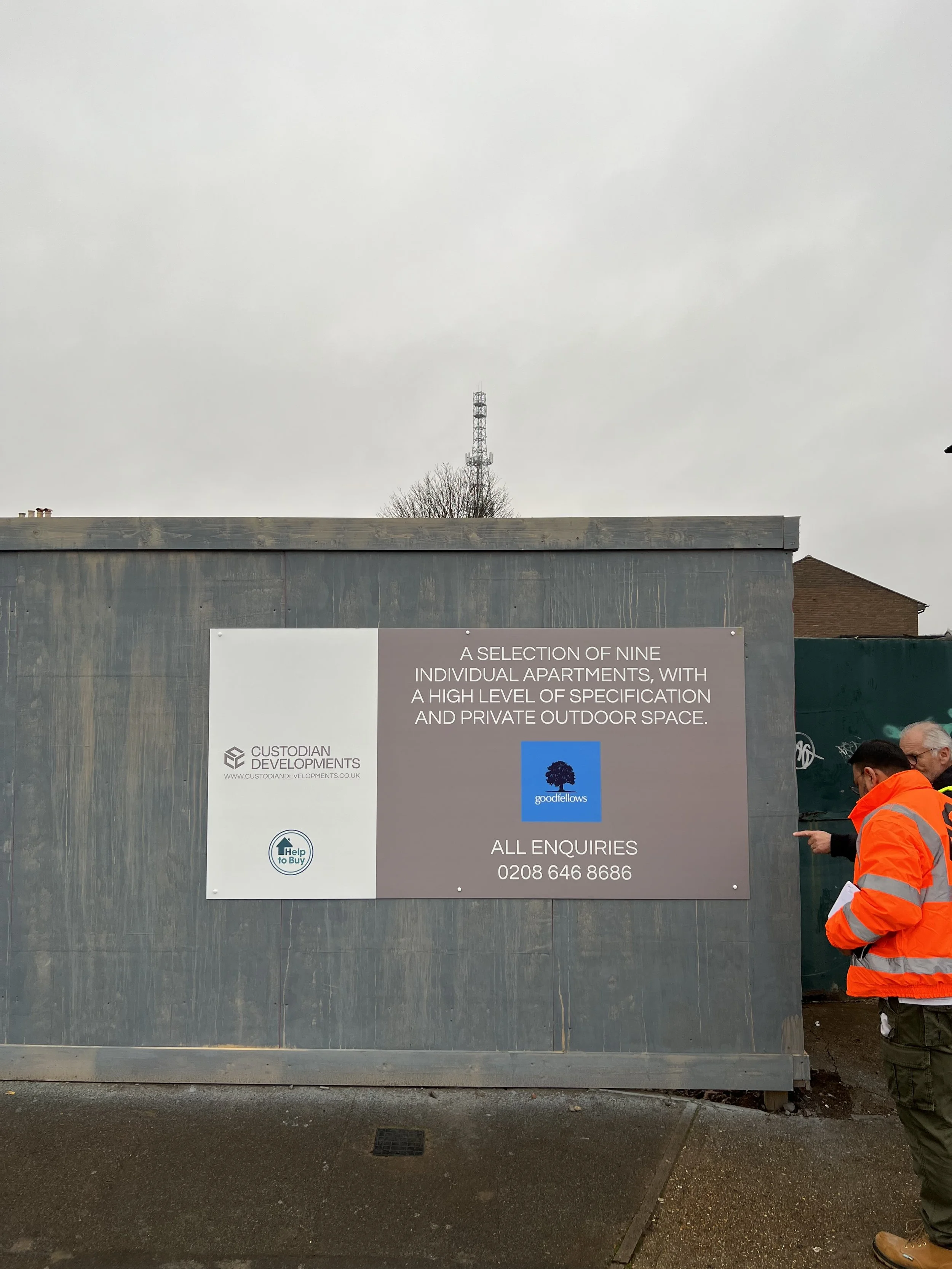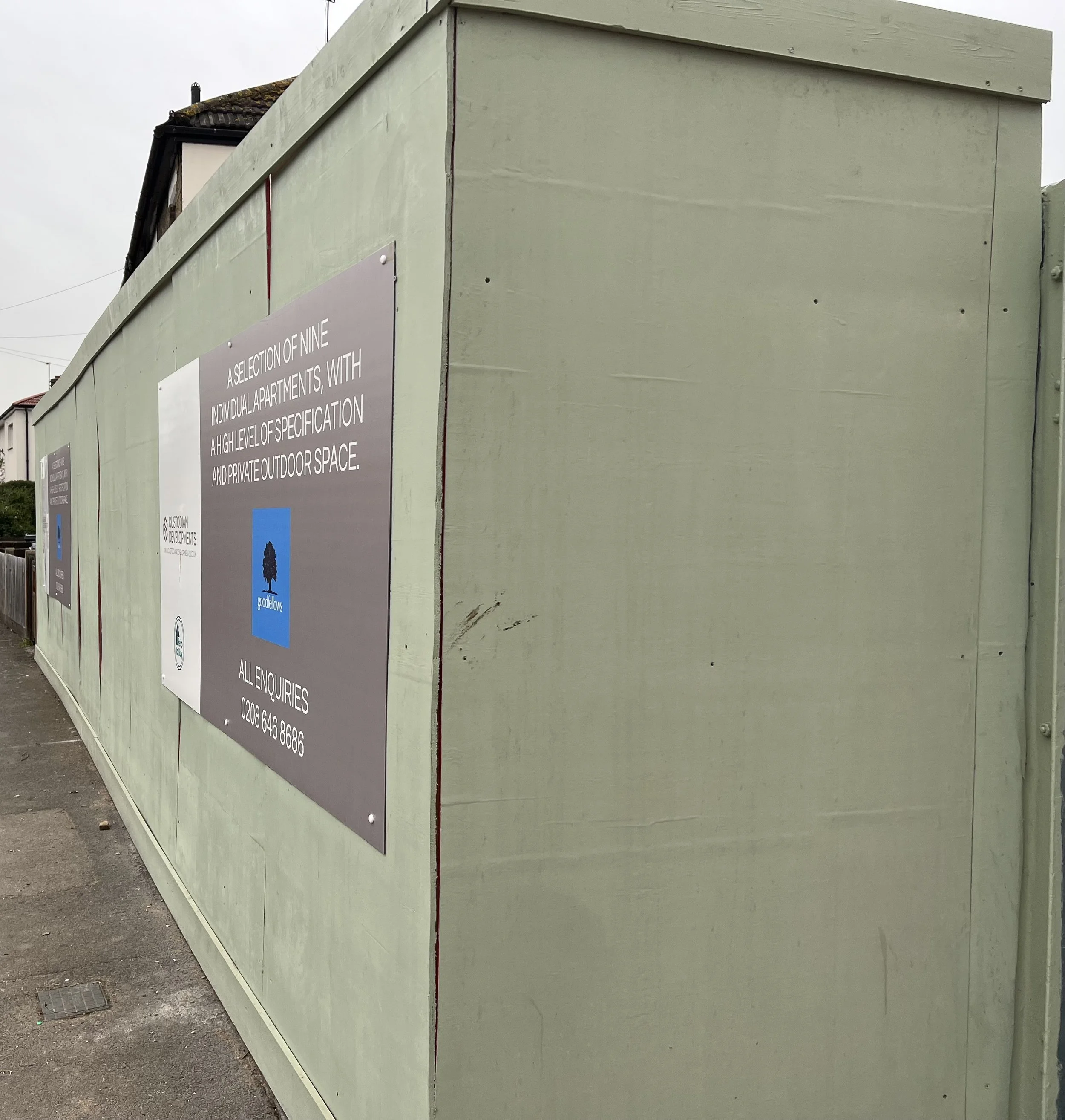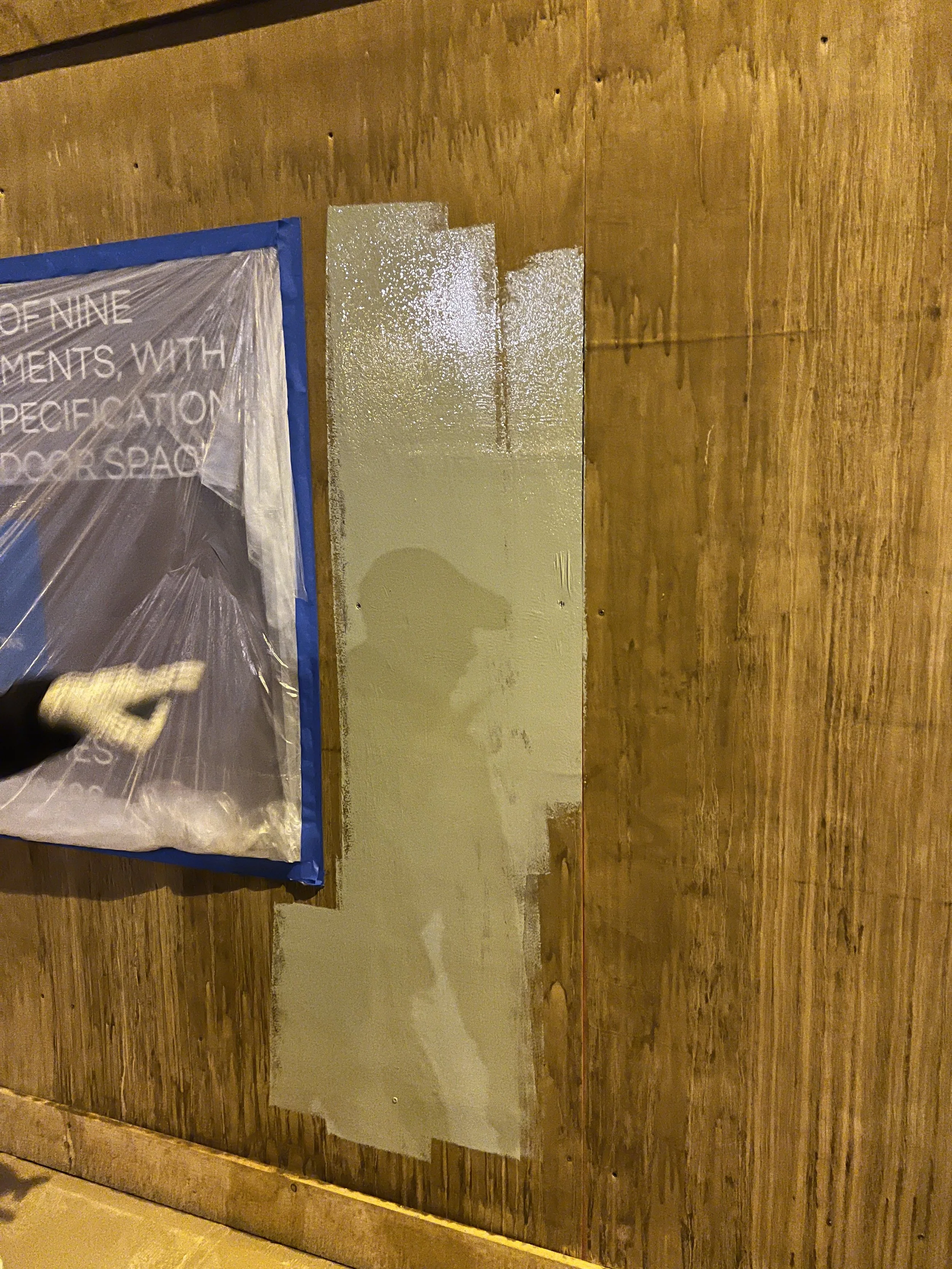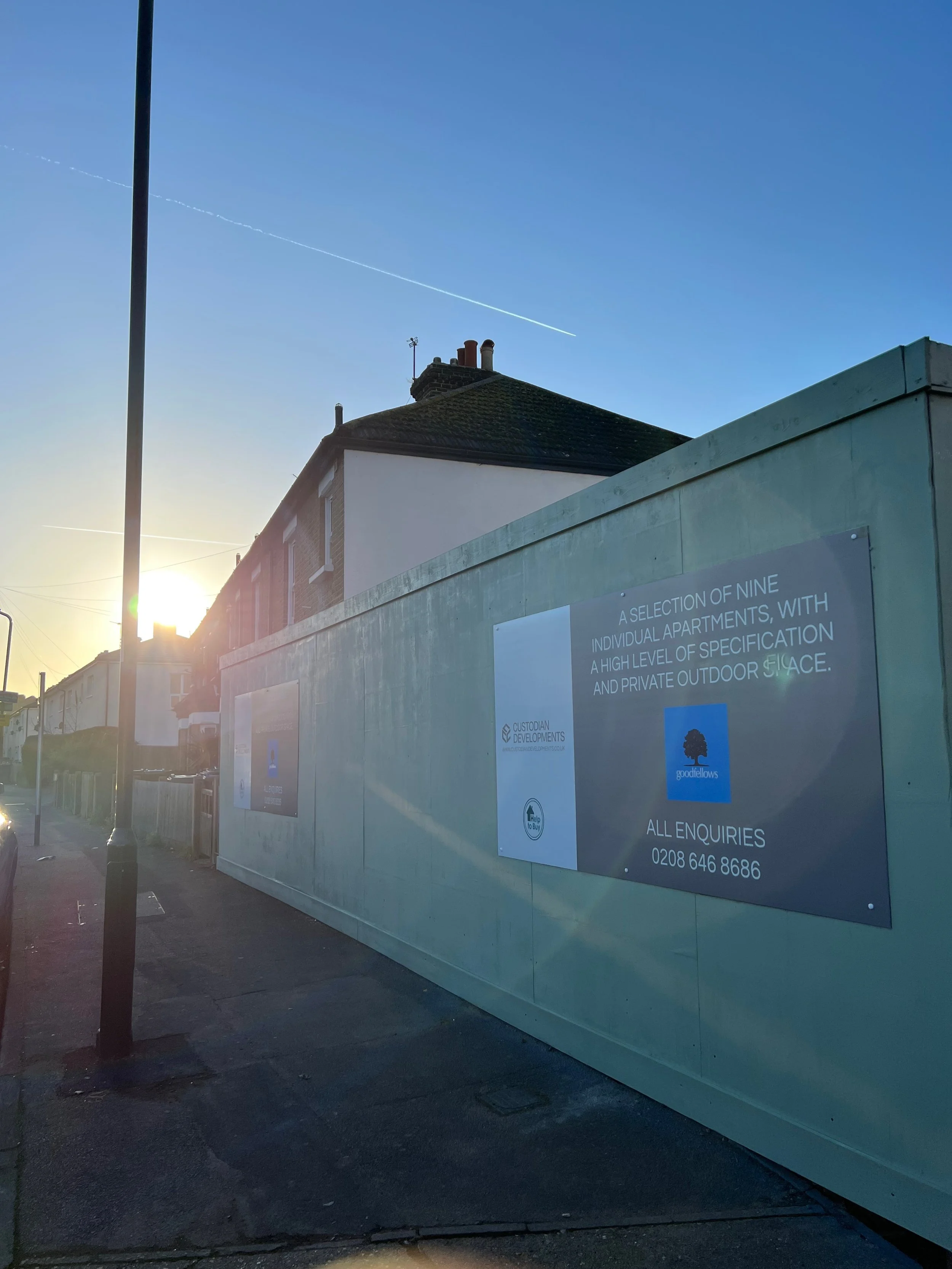
CHAPTER FOUR
“HOARDING”
CHAPTER FOUR “HOARDING”
Construction sites are vibrant hubs of activity, where architectural dreams take shape and the landscape transforms. Amid the hustle and bustle, you may notice a feature that not only marks the site's boundaries but also serves a practical purpose—hoarding. Often underestimated, hoarding is a silent guardian that shields the construction process from the outside world. Let's delve into the world of hoarding and explore its role in construction sites.
In the realm of construction, hoarding is not about amassing possessions; it's about creating a protective barrier. Hoarding refers to the temporary fence or enclosure erected around a construction site. These structures can be made of various materials, such as plywood, mesh panels, or metal frames. Hoarding not only defines the construction area but also ensures safety, privacy, and security throughout the project.
The Multifaceted Benefits of Hoarding
Safety First: One of the primary reasons for installing hoarding is safety. It prevents unauthorized access to the construction site, keeping pedestrians, motorists, and curious onlookers away from potential hazards. This separation ensures that only authorized personnel with proper safety gear and training can enter the site.
Security and Theft Prevention: Hoarding serves as a deterrent against theft and vandalism. By restricting visibility and access, it minimizes the risk of unauthorized individuals entering the site to steal materials, tools, or equipment. This added security protects the valuable assets required for construction.
Noise and Dust Control: Construction sites can be noisy and dusty, impacting the surrounding environment. Hoarding helps contain noise and dust within the construction area, reducing disruptions to nearby businesses, residences, and public spaces. This consideration fosters positive relations with the community.
Enhancing Aesthetics: While construction sites are essential for progress, they can also disrupt the visual appeal of a neighborhood. Hoarding can be designed to incorporate branding, artwork, or information about the project, transforming the enclosure into an aesthetically pleasing canvas that engages passersby.
Privacy for Work in Progress: Hoarding provides privacy for the construction team to carry out their tasks without constant observation. This helps maintain a focused and efficient work environment, allowing workers to concentrate on their responsibilities.
Hoarding is more than just a physical barrier—it's an opportunity for communication. Many construction companies use hoarding as a platform to share information about the project, showcase the vision, and engage with the community. By incorporating graphics, updates, and contact information, hoarding becomes a dynamic interface between the project and the public.
As you pass by a construction site adorned with hoarding, remember that behind those panels is a world of activity, innovation, and hard work. Hoarding isn't just a barrier; it's a bridge that connects the construction process with the community. So, the next time you encounter hoarding around a construction site, appreciate the multifaceted role it plays in keeping progress secure, efficient, and harmonious with its surroundings.


